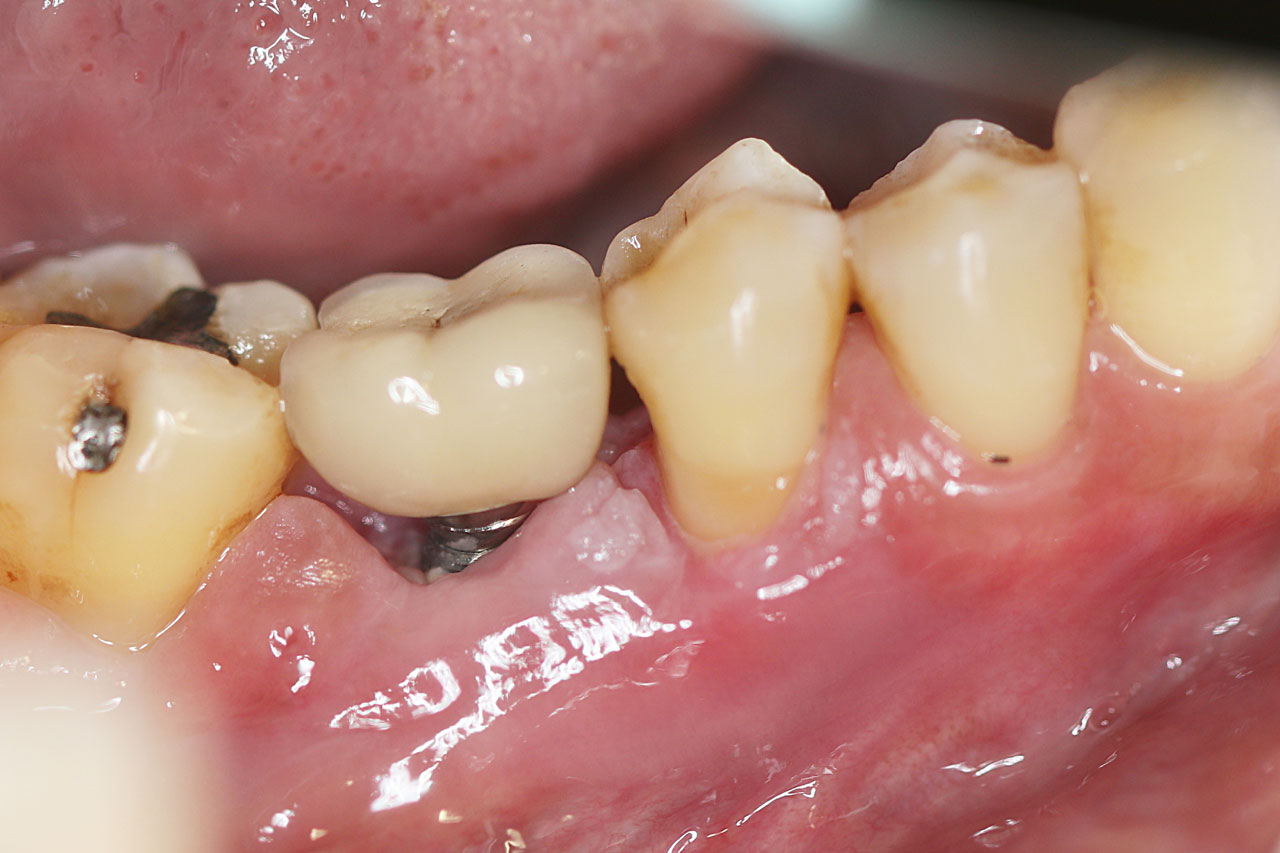Cut On Gums Between Teeth

The sensation of a cut on the gums between teeth can be a frustrating and painful experience. This type of injury can occur due to various reasons, ranging from vigorous brushing or flossing to accidental bites or even the presence of sharp edges on dental work. Understanding the causes, symptoms, and appropriate treatments for cuts on the gums is essential for promoting healing and preventing infection.
Causes of Cuts on Gums Between Teeth
Cuts or lacerations on the gums between teeth can result from several factors: - Vigorous Oral Hygiene Practices: Flossing or brushing too aggressively can cause damage to the gums, especially if the tools used are not appropriate for the individual’s oral structure. - Accidental Bites: Biting down on something hard unintentionally can lead to cuts or lacerations on the gums. - Sharp Dental Work: Edges from fillings, crowns, or other dental restorations can sometimes be sharp enough to cut the gum tissue. - Orthodontic Appliances: The wires or brackets from braces can irritate and cut the gums, especially during the initial adjustment period. - Nutritional Deficiencies: Lack of essential nutrients like vitamin C can affect gum health, making them more susceptible to injury and slower to heal.
Symptoms
Symptoms of cuts on the gums between teeth may include: - Pain or discomfort, which can be exacerbated by eating, drinking, or brushing the teeth - Bleeding from the gum, which may be noticeable when spitting or when food gets trapped between the affected area - Swelling or redness of the affected gum tissue - Sensitivity of the teeth or gums to temperature changes - Bad taste or odor if the cut becomes infected
Treatment and Care
Treating cuts on the gums between teeth focuses on promoting healing, preventing infection, and addressing the underlying cause: - Apply Pressure: If the cut is bleeding, apply gentle pressure with a clean cloth for a few minutes to stop the bleeding. - Salt Water Rinse: Rinsing the mouth with warm salt water several times a day can help reduce swelling and kill bacteria. - Topical Applications: Over-the-counter topical anesthetics or pain relievers can help manage pain. However, it’s crucial to follow the instructions carefully to avoid further irritating the gums. - Soft Diet: Eating soft foods for a few days can reduce irritation to the affected area. - Good Oral Hygiene: Continue to practice good oral hygiene but avoid the injured area when brushing or flossing until it heals. - Dental Checkup: If the cut is deep, doesn’t stop bleeding after 10 minutes of pressure, or if you suspect an infection (increased redness, swelling, or pus), it’s essential to visit a dentist. They can provide professional cleaning, apply protective dressings, or perform minor surgical procedures if necessary.
Prevention
Preventing cuts on the gums involves maintaining good oral hygiene practices, being mindful of the tools and techniques used, and regular dental check-ups: - Gentle Brushing and Flossing: Use a soft-bristled toothbrush and floss gently around the teeth to avoid damaging the gums. - Regular Dental Visits: Regular check-ups can help identify and smooth out any sharp edges from dental work before they cause problems. - Proper Nutrition: Eating a balanced diet rich in vitamins and minerals, particularly vitamin C, can help maintain healthy gums. - Orthodontic Adjustments: If wearing braces, regular adjustments and using wax on sharp wires can protect the gums.
FAQs
How long does it take for a cut on the gum to heal?
+The healing time for a cut on the gum can vary depending on the depth and location of the cut, as well as the individual's overall health. Generally, minor cuts can heal within a few days to a week, while deeper cuts may take longer and could require professional dental care.
Can I use hydrogen peroxide to rinse my mouth if I have a cut on my gum?
+It's generally not recommended to use hydrogen peroxide for rinsing if you have a cut on your gum. Instead, warm salt water is a safer and more effective option for promoting healing and reducing bacteria without causing further irritation.
When should I seek professional dental help for a cut on my gum?
+You should seek professional dental help if the cut is deep, if bleeding doesn't stop after 10 minutes of applying pressure, if you notice signs of infection (such as increased pain, swelling, redness, or pus), or if you have a compromised immune system. Early intervention can prevent complications and promote healing.
In conclusion, cuts on the gums between teeth, although painful and inconvenient, can often be managed with proper care and prevention strategies. Recognizing the causes, understanding the symptoms, and knowing the appropriate treatments can help individuals deal with this issue effectively, promoting healing and maintaining good oral health. If in doubt or if the condition worsens, consulting a dental professional is always the best course of action.

